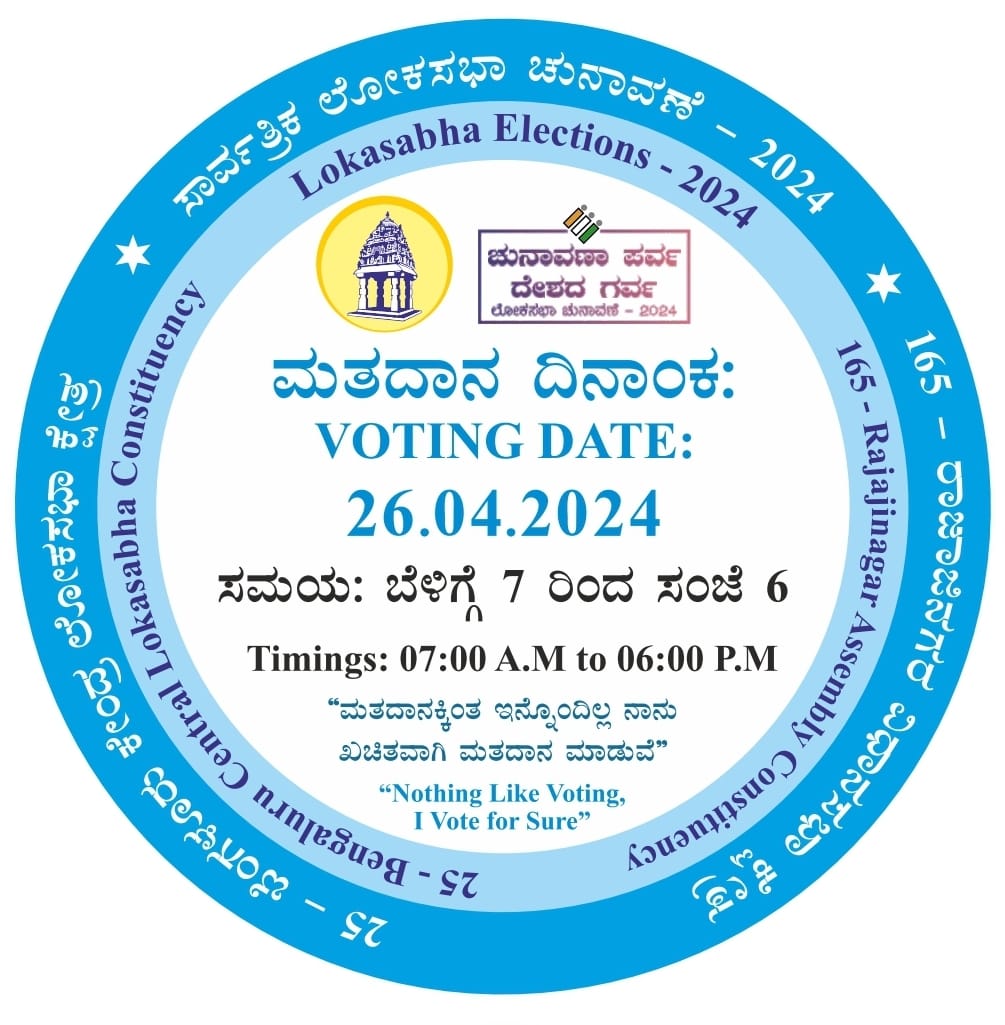New Delhi, Jun 17 (PTI) Cleaning up Delhi’s air requires “uncomfortable and inconvenient” decisions, and it cannot be achieved by being nice to everyone, particularly the affluent residents who significantly contribute to the problem, leading environmentalist Sunita Narain has said.
In an interaction with PTI editors, Narain said although central and state governments have taken several steps to control air pollution in Delhi, including banning coal and introducing BSVI fuel, erratic weather patterns due to climate change and the inadequate speed of addressing the crisis continue to exacerbate the problem.
Narain, the Director General of the Centre for Science and Environment, said the episodic burning of crop residue by farmers in winter is not the primary concern. Instead, the persistent and major sources of pollution within the city, including transport and industries, are more worrisome.
“My only request for the new government is to take some uncomfortable, inconvenient decisions to move ahead on air pollution. We will never clean up the air of Delhi by being nice to everybody, particularly the rich of Delhi,” she said.
Narain, who was part of the Supreme Court-appointed Environment Pollution (Prevention and Control) Authority, also urged the new government at the Centre to bring natural gas under the GST regime, arguing that the current triple taxation on gas makes it unaffordable compared to dirty coal. This change would make clean gas a more viable option, she said.
“My biggest request for the next government… The easiest thing we can do to reduce pollution in Delhi is to bring it under GST,” Narain said.
She stressed the need for reducing vehicular pollution by enhancing public transport.
Source apportionment studies conducted in the past show that transport accounts for 17.9 per cent to 39.2 per cent of Delhi’s PM2.5 pollution, while industries’ contribution ranges from 2.3 per cent to 28.9 per cent.
“Delhi has taken several steps to control air pollution. It is the only city in the country to ban coal use, which is a major achievement. Delhi shut down its last coal-based power plant and transitioned to gas for power generation. The government introduced BSVI fuel and imposed a congestion charge on trucks entering Delhi. The construction of a peripheral expressway now allows trucks to bypass the city,” Narain said.
Efforts have also been made to incentivise the use of natural gas. In Delhi, there is zero VAT on gas, and natural gas is now readily available in industrial areas across the city. These initiatives have collectively led to a year-over-year reduction in pollution levels, she said.
However, Narain said, there are two major factors that continue to exacerbate the problem — worsening weather conditions, which are beyond human control, and the inadequate speed of tackling the crisis.
This winter, for instance, northwest India, including Delhi, did not experience rain. The lack of rainfall is due to changes in the Arctic jet stream affecting western disturbances, which are becoming more erratic and shifting northwards, she explained.
This has led to less snow in the hills and less rain in Delhi, resulting in higher pollution levels, Narain said.
“Secondly, after all the actions taken up to 2021, we are not taking actions at the speed required by the crisis that is happening,” she said.
The environmentalist said the last major bus fleet expansion occurred during Sheila Dikshit’s tenure as Delhi chief minister, around the time of the Commonwealth Games.
Since then, many buses have not been replaced, leading to a decline in bus ridership, she said and added that the bus system needs to be integrated with metro systems and parking facilities to be effective.
Unfavourable meteorological conditions, combined with vehicular emissions, paddy-straw burning, firecrackers, and other local pollution sources, contribute to hazardous air quality levels in the Delhi-NCR during winters.
According to a Delhi Pollution Control Committee (DPCC) analysis, the city experiences peak pollution from November 1 to 15, when the number of stubble-burning incidents in Punjab and Haryana increases.
Delhi’s air quality ranks among the worst among the world’s capital cities. According to a report compiled by the Energy Policy Institute at the University of Chicago (EPIC) in August, air pollution is shortening lives by almost 12 years in Delhi. PTI GVS GVS ANB ANB





